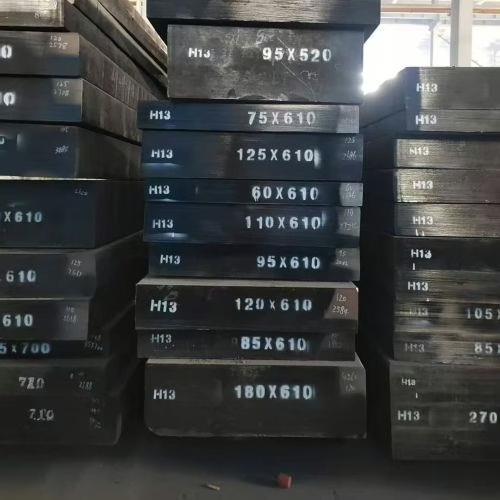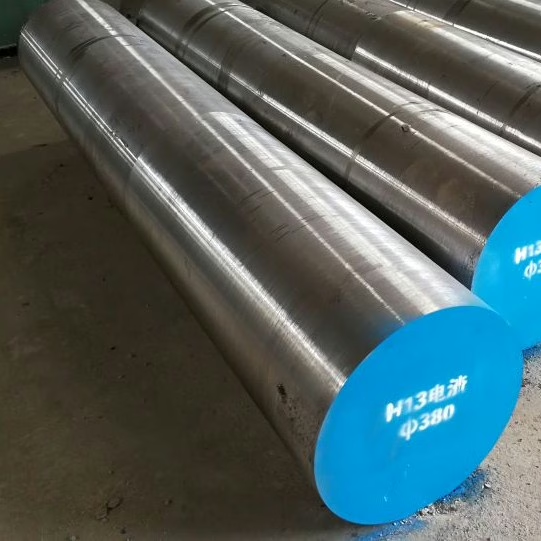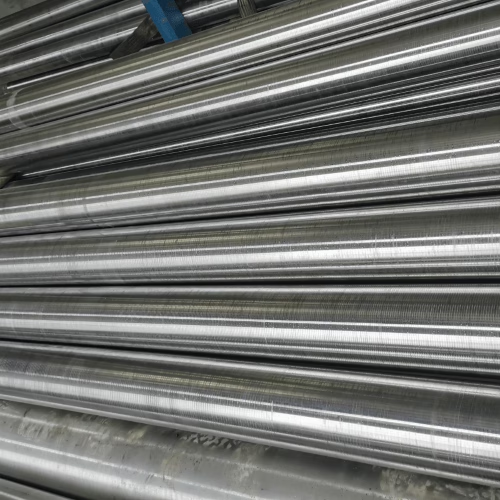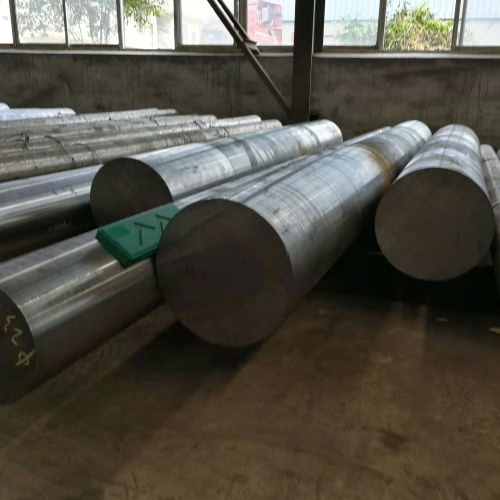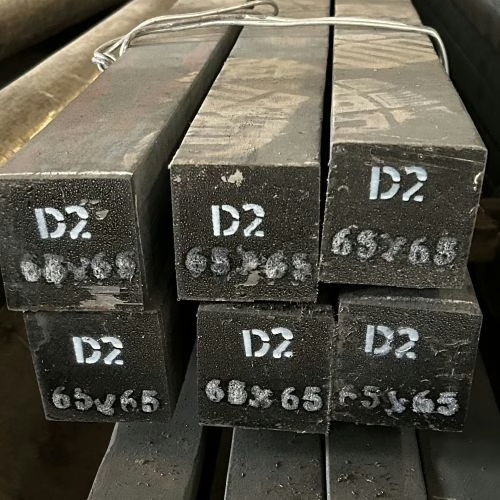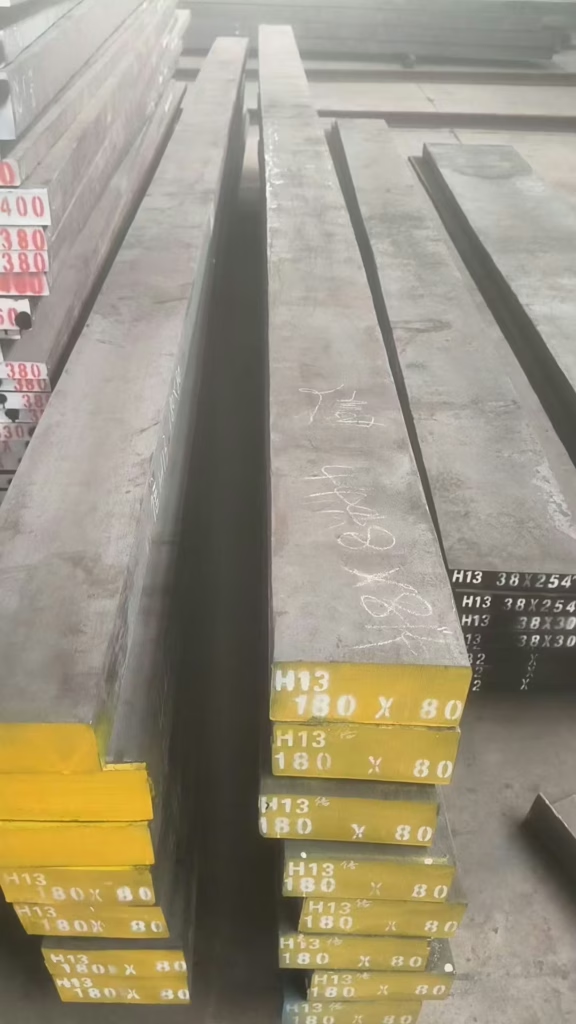Composición del acero A2: La guía definitiva para el acero para herramientas de trabajo en frío endurecido al aire
A2 Steel Composition is the foundation of one of the most widely utilized and balanced tool steels in the industry. Belonging to the Air-Hardening, Medium-Alloy Cold-Work category (AISI A series), A2 tool steel offers a desirable mix of abrasion resistance, safety in hardening, and toughness, making it suitable for a broad spectrum of applications. This […]


